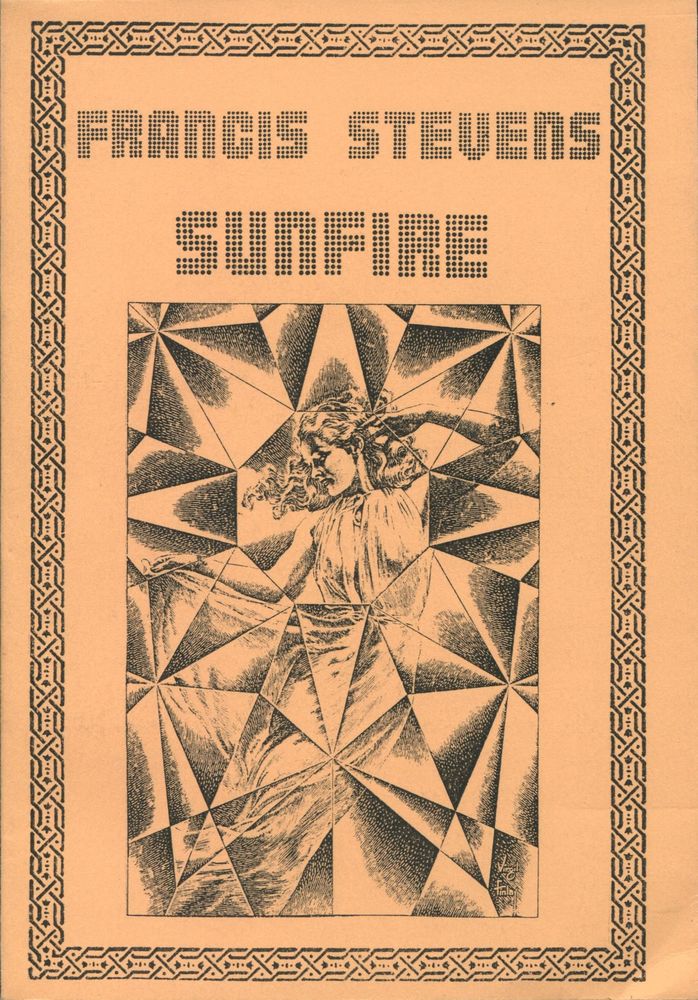 |
Littérature | Encyclopédie | Sites hébergés | Infos & actus | Association |
|
|
|
Site clair (Changer) | |
| Fiche livre | Connexion adhérent |
|
Sunfire
Francis STEVENS Titre original : Sunfire, 1923 Première parution : Weird Tales, juillet/août et septembre/octobre 1923 ISFDB Illustration de Virgil FINLAY APEX (France), coll. Apex international n° 1 Dépôt légal : 1996, Achevé d'imprimer : septembre 1996 Roman, 76 pages, catégorie / prix : nd ISBN : néant Format : 14,4 x 20,8 cm✅ Genre : Science-Fiction Ouvrage entièrement en anglais constituant la première édition de l’œuvre sous forme de livre. Tirage limité à 562 exemplaires numérotés, dont 2 sur papier glacé pour l'éditeur (I et II), 60 sur papier bleu (III à LXII) et 500 sur papier blanc (1 à 500).
Quatrième de couverture
Little is known of Francis Stevens, pen-name of Gertrude Barrows Bennett. She was born Gertrude Barrows in Minneapolis on the 18th of September 1884, and married Englishman Stewart Bennett in 1909. In 1910, she lost her husband, when a violent storm sank his ship. Though largely self-taught authoress and trained to be an illustrator, she turned to fiction-writing to support her daughter and her near-invalided mother, whom she was responsible for after her father's decease in 1915 or 1916. A short novel, "The Nightmare" appeared in 1917, but at least a science-fiction was published previously. She left the field in 1925, with "Sunfire". She probably died in 1939 in California. Fr. Stevens was first thought to be a pen-name of Abraham Merritt (1884-1943). Both made their first appearance almost simultaneously and could be read often in the same pulp-magazines. Later on, A. Merritt expressed a strong admiration for her works, and they may have been a source of inspiration for one another. Fr. Stevens is considered one of the very first female science-fiction writer in the world, though she had a strong competitor in pre-revolutionary Russia, with Vera Ivanovna Kryzhanovskaya-Rochester, who, strangely enough, wrote much in the same vein in 1901-1916: Fantasy and Science Fantasy.
|
| Dans la nooSFere : 87266 livres, 112118 photos de couvertures, 83701 quatrièmes. |
| 10815 critiques, 47155 intervenant·e·s, 1982 photographies, 3915 adaptations. |
| |
|
NooSFere est une encyclopédie et une base de données bibliographique. Nous ne sommes ni libraire ni éditeur, nous ne vendons pas de livres et ne publions pas de textes. Trouver une librairie ! A propos de l'association - Vie privée et cookies/RGPD |
